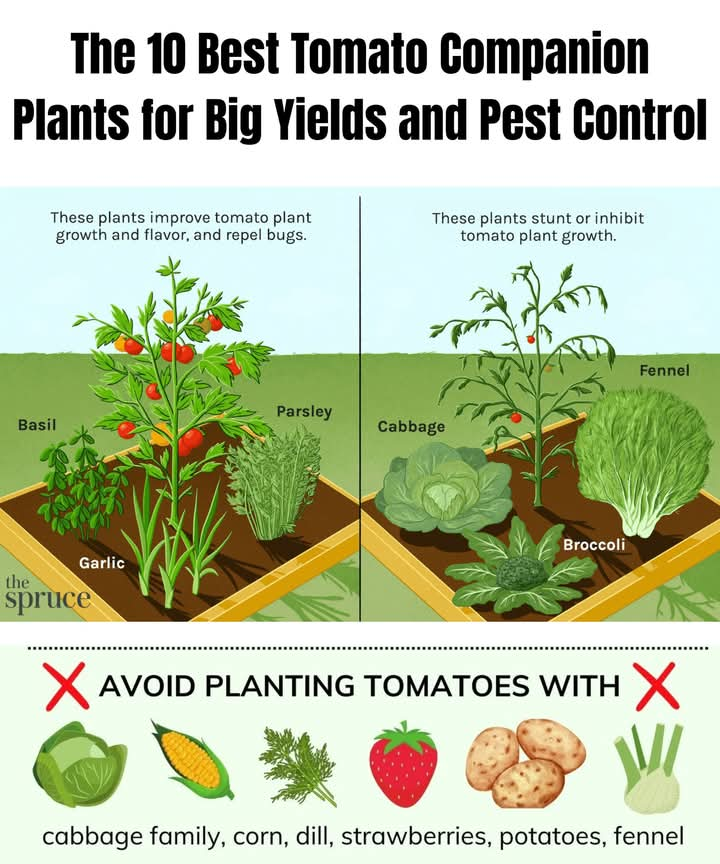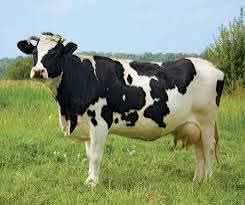How to Crossbreed Holstein Friesian and White Fulani for Higher Milk Production in Nigeria
How to Crossbreed Holstein Friesian and White Fulani for Higher Milk Production in Nigeria
To produce a dairy cow that combines👇
High milk production of Holstein Friesian
Heat and disease resistance of White Fulani
Step-by-Step Process:
Step 1: Choose a Healthy White Fulani Cow
Select a strong, mature White Fulani cow.
Ensure she’s:
Not sickly or too old
Has good body size and udder
Has a history of calving and milk production (if possible)
Step 2: Buy Quality Holstein Friesian Semen
Get semen from a reputable vet or AI (Artificial Insemination) center.
Make sure the semen is from a high-milk-producing Holstein bull.
Store and handle the semen properly (must stay frozen in liquid nitrogen).
Step 3: Watch for Heat Signs in the Cow
Monitor your cow closely.
Heat signs include:
Swollen vulva
Clear mucus discharge
Mounting other cows
Restlessness and low feed intake
Step 4: Carry Out Artificial Insemination (AI)
Inseminate the cow 12 hours after seeing heat signs.
Use a trained AI technician or veterinarian.
Timing is very important for success.
Step 5: Confirm Pregnancy
Wait for 2 to 3 months after insemination.
Call a vet to check if the cow is pregnant (manually or by ultrasound).
If not pregnant, repeat the AI during her next heat cycle.
Step 6: Calve and Raise the F1 Crossbred Calf
The cow will give birth to a crossbred calf (F1).
This calf will:
Produce more milk than a local cow
Survive better in heat than a pure Holstein
Give it proper feeding, care, and shelter.
Step 7: Continue the Breeding Program
When the F1 calf grows into a heifer (young cow), breed her again using Holstein semen.
This will create an F2 generation with more milk potential.
You can repeat this again to get F3 for even better results.
Expected Results:
Pure White Fulani: 1–3 liters/day
F1 (50% Holstein): 6–12 liters/day
F2 (75% Holstein): 12–20 liters/day (under good management)
Important Tips:
Feed well: Use maize silage, cowpea haulms, cassava peels, cottonseed cake, etc.
Provide clean water at all times.
Vaccinate regularly against diseases like CBPP, LSD, and FMD.
Keep records of all breeding, health, and milk data.
Shelter your animals from harsh sun and rain.
This method is the best way for Nigerian dairy farmers to improve milk production using local cows. It’s affordable, sustainable, and perfect for small to large farms. Within a few years, you can build a herd that gives more milk, resists diseases, and adapts well to Nigeria’s climate.




